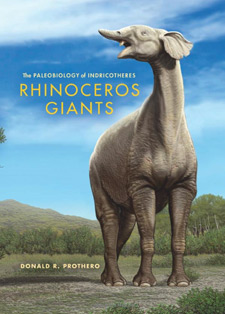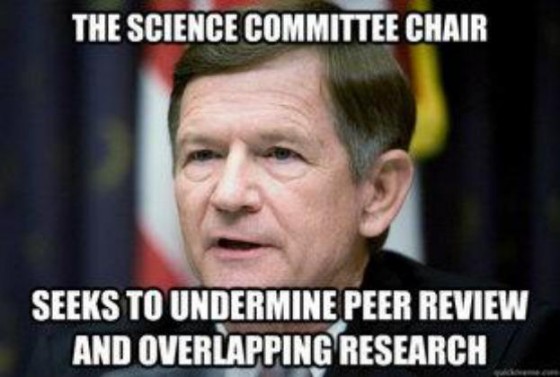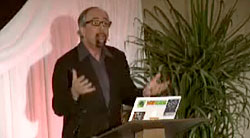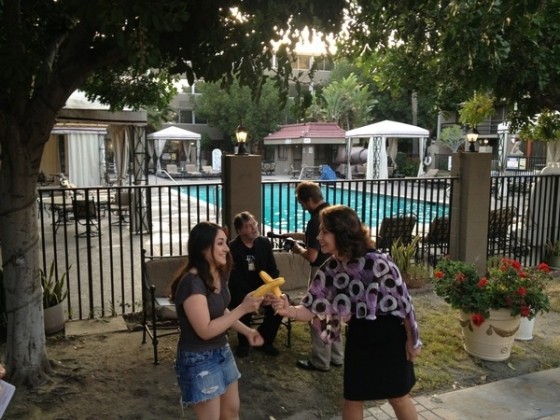Rhinoceros weight problems
As the largest land mammal that has ever lived, there is much fascination with maximum body size and weight estimates for extinct indricotheres. Most often you see sources parroting each other around a common estimate of 20 metric tonnes (20,000 kg), although Alexander (1989) estimated 34 tonnes and Savage and Long (1986) quoted 30 tonnes. Prothero and Schoch (2002) followed Alexander (1989) and used the number of 34 tonnes, and there have been a wide range of estimates all over this range. As Fortelius and Kappelman (1993) showed, these estimates came from some questionable assumptions and extrapolations by Osborn, Granger, and Gregory based on their partial skeleton. That skeletal reconstruction is a composite, a chimaera based on bones from individuals of at least four different size classes, so it is not a very reliable source for the body size of an actual animal.
Most of the weight estimates are based on the combined head and body length (HBL) of the animal, which may be exaggerated if Granger and Gregory’s (1935, 1936) reconstruction drawn by Helen Ziska is inaccurate. As Fortelius and Kappelman (1993, Table 1) showed, different authors estimated a wide range of HBL values, from Gromova’s estimate of 740 cm, to Granger and Gregory’s (1936) maximum of 870 cm, which drops to 621 cm if you use just the smallest individuals. Using the weight equations of Damuth (1990) for converting HBL to mass, this gives weight estimates from as low as 8.4 tonnes (in the smallest specimens) to 24 tonnes in the largest specimens. (continue reading…)





